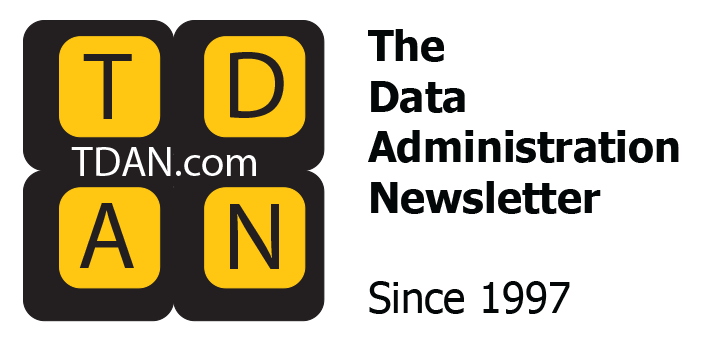
As an avid curler (three to four times per week!), I had an epiphany while on the ice with my team. Our team has been together since 2018 — we’ve competed in several leagues, played in several tournaments, and even played against former Olympians and world champions. We have a good time, play at a good level, and enjoy the social aspects of the game. During a game recently, a thought popped into my head: “There are a lot of parallels between being an effective curling team and running an effective data governance program.” The key thing that really struck me was effective communication.
Seamless Communication
On our curling team, two other teammates and I take turns playing the “skip” position. Our rule is, “Play until you lose.” The “skip” position is responsible for communicating to the players what to do with the stone. If you’re unfamiliar with curling, each player gets to throw two stones (or “rocks”) each end (similar to an inning in baseball), with the goal of getting stones closest to the “house” (the target at the end of the ice). The team with the most rocks closest to the target gets a point for each rock.
As this game’s skip, I was keeping a keen eye on what the opposing team was doing. They tapped their broom onto the ice to show their team where to aim, and called down the ice for the shot they were trying to make. They put a rock into the house. “Great,” I thought, “I know what to do next.”
I tapped the rock with my broom. Gave a hand signal to my team, touching my hand to my shoulder, and put the broom down, all without saying a single word. My teammate threw the rock, knowing exactly what I had intended, and removed the opposing rock from play with his rock, known in curling as a “takeout.”
As you can see by reading this story, we have a number of common terms: “rock” (with the alias “stone”), “house,” “broom,” and many more. Also, you can see that we have established a consistent common vocabulary with which we can communicate effectively on the ice without any difficulty. This clear, concise communication immediately puts the entire team on the same page and greatly increases our chances of executing the perfect shot, which is analogous to a team achieving a business goal.
In data governance, a carefully curated business glossary provides this common vocabulary; giving team members across the organization the tools needed to communicate clearly and achieve the strategic goals of the organization.
When Communication Falls Flat
Recently, our team was playing against another team that was short a player. When this happens, teams will often bring in a “spare,” that is, an alternate player. As we curl at an amazing and friendly curling club, they were able to take advantage of the “spare list” maintained by the club. That is, a player can make themselves available for teams at short notice if they need a substitute. This is wonderful, as curling can be a difficult sport, and playing with three players instead of four can be exhausting, especially for those who are “sweeping” (players who use brooms to scrub the ice to change the outcome of a shot). All players and teams appreciate “spares.”
When coming into a new team, a spare player may not know their communication. For our team, it took a couple years for us to really sync on our hand signals (we even use a bit of ASL for some complex communication). A spare coming into a new team may know some basics, and there are a lot of similarities between teams, but sometimes the communication on a team is very specific to that team, like a unique culture within an organization.
As this team was throwing a stone, intending to takeout one of our own, the skip on the other end indicated the weight (the desired speed with which to throw the stone) he wanted the spare to throw with a hand signal. Unfortunately for the spare, they were familiar with that hand signal meaning a different weight. The shot was thrown with the incorrect weight, and the player missed the shot as a result. It’s only good communication if both sides understand exactly what is being communicated.
This is analogous to a breakdown of communication on a team, where a new team member was not brought up to speed with the culture and language of the organization, thus missing on an opportunity to achieve a business goal. In data governance, we must work to ensure that a business glossary is available to all members of our organization and be able to quickly and accurately onboard new team members to take advantage of that documentation.
Conclusion
To conclude, data governance, like curling, relies on strong communication and a common vocabulary in your organization. Teams within an organization strive to achieve business goals, and that is much easier to do when everyone is on the same page and communicating clearly. Data governance provides the framework, ground rules, business terms and definitions, and defines roles and responsibilities with data, formalizing all of it into a well-oiled machine. You want to be the organization that communicates clearly and achieves its goals efficiently, much like you want to be the curling team that makes all of its shots and achieves victory.
